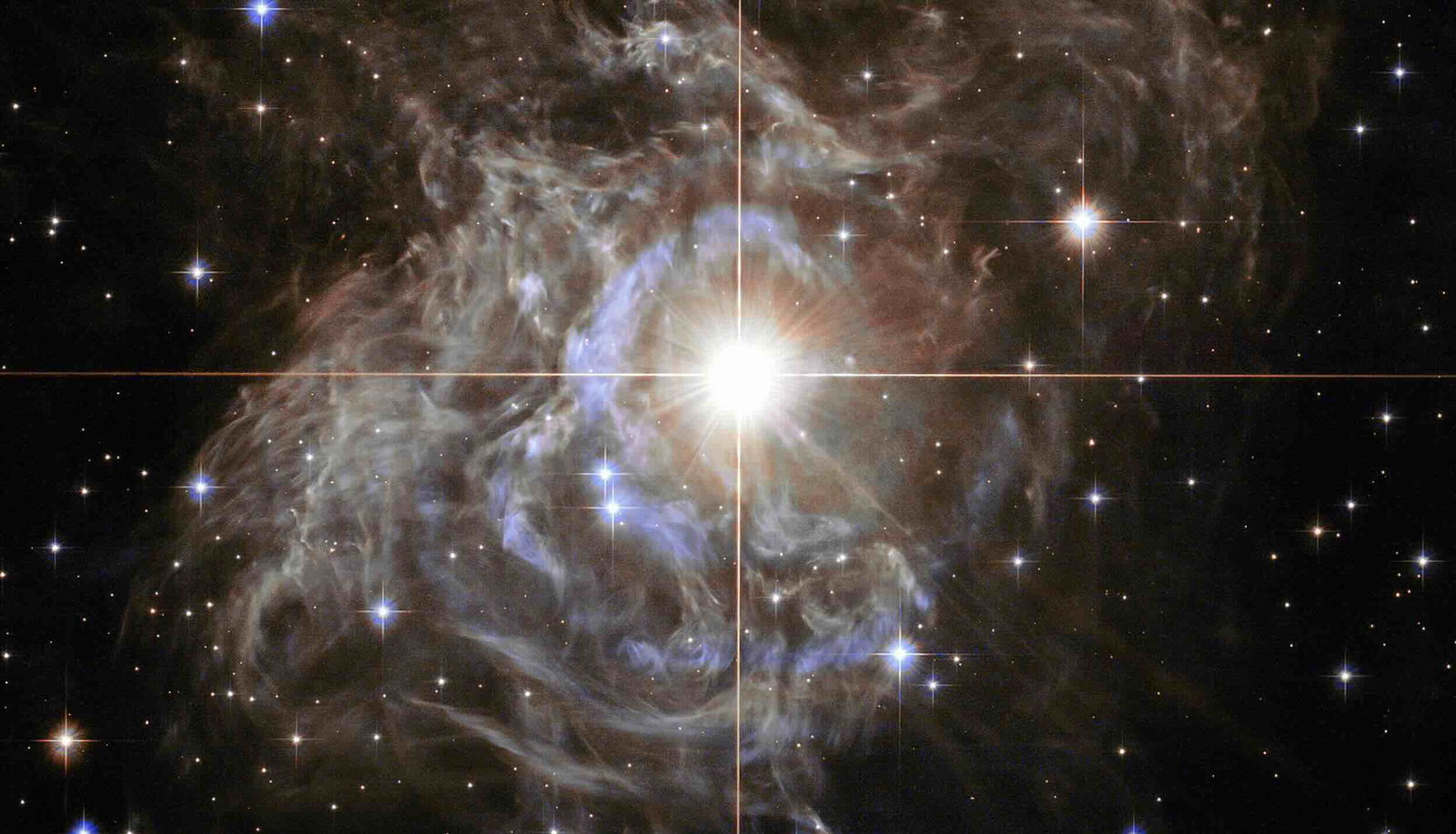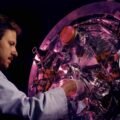New data from the James Webb Space Telescope suggests past measurements of the universe’s expansion rate may have been incorrect, renewing debate over one of the most controversial issues in astrophysics.
According to new findings made possible by NASA’s premier space observatory, discrepancies in past measurements of the universe’s expansion rate may have resulted from systematic errors. This discovery potentially challenges alternative theories that look to new physics to account for such variances.
Past measurements have revealed discrepancies between what models predict about the rate of universal expansion, based on our understanding of the evolution of the cosmos, and actual measurements of its expansion over time. These measurements are primarily based on observations of nearby galaxies and predictions derived from studies of the cosmic microwave background (CMB), which is the “relic radiation” left over from the Big Bang.
The issue involving the mismatch between the Hubble constant, which dictates that the movement of galaxies away from Earth occurs at speeds in proportion to their distance, and current measurements by astronomers have become known as the Hubble Tension, and it remains one of the most significant puzzles in modern cosmology.
Measuring the Universe’s Expansion Rate
According to measurements based on the CMB, the universe’s expansion rate currently clocks in at around 67 kilometers per second per megaparsec (km/s per Mpc). However, these values are higher when looking at direct observations of nearby galaxies, which yield a rate of close to 72 km/s per Mpc.
That five km/s difference might seem small to some, but it has been at the heart of the Hubble Tension controversy for many years. Its persistence amid ongoing measurements has also caused some astrophysicists to propose that understanding what leads to these discrepancies could require reexamining our understanding of the universe.
However, the new data obtained using the James Webb Space Telescope could help resolve this persistent cosmological puzzle, indicating that issues involving measurements of distances to nearby galaxies could be at the heart of the problem rather than physics beyond the Standard Model.
New James Webb Space Telescope Data
The new data obtained by Webb was recently analyzed by a team led by University of Chicago astronomer Wendy Freedman, revealing a possible alternative explanation for the longstanding discrepancies. By measuring the distance to ten nearby galaxies using methods that included Cepheid variable stars, the brightest red giants, and carbon stars, Freedman and her team found the latter two methods closely aligned while differing from those obtained with Cepheids by 2.5% to 4%.
Based on these findings, the team calculated a Hubble Constant value closer to 70 km/s per Mpc, which is almost a perfect match for past figures based on CMB measurements. This is significant since it points to a systematic error that could have been present during past measurements.
Fundamentally, Freedman and her team argue that ideas involving new physics to account for the discrepancy should be put on hold until the source of the potential discrepancy is identified with greater certainty.
Although the new findings offer clues toward settling the Hubble Tension controversy, more work will be required before the debate can be resolved entirely. Complicating the issue is the fact that separate research that also relies on Webb telescope data has produced even higher results, such as the recent work of the John Hopkins University SH0ES (Supernova H0 for the Equation of State of Dark Energy) team led by Adam Riess, which determined a Hubble Constant value of 73 km/s per Mpc with an added precision of 1.4%.
“We’ve now spanned the whole range of what Hubble observed,” Reiss said earlier this year, comparing his team’s findings to past Hubble data, “and we can rule out a measurement error as the cause of the Hubble Tension with very high confidence.”
Systematic Issues
While Reiss and his team have questioned the exclusion of data obtained with telescopes other than Webb from Freedman’s findings, she and her team believe their inclusion of Cepheid, red giants, and carbon star measurements in the new Webb data offers the more definitive measurement, further noting in a recent paper detailing their findings that Webb’s observations “have significantly higher signal-to-noise and finer angular resolution than previous observations with the Hubble Space Telescope.”
“There’s something systematic in the measurements,” Freedman says of the past measurements. Going forward, additional advanced measurements of celestial objects provided by Webb “will be required to increase the precision and accuracy of the local distance scale,” she and her team add in their paper.
For the time being, Freedman says that the likelihood of errors in past measurements is the more likely solution than theories that expand our current understanding of cosmology.
“Until we can establish unambiguously where the issue lies in the nearby universe, we can’t be claiming that there’s additional physics in the distant universe,” Freedman added.
A copy of Freedman and her team’s paper, “Status Report on the Chicago-Carnegie Hubble Program (CCHP): Three Independent Astrophysical Determinations of the Hubble Constant Using the James Webb Space Telescope,” appeared on the preprint server arxiv.org and can be read online in its entirety here.
Micah Hanks is the Editor-in-Chief and Co-Founder of The Debrief. He can be reached by email at micah@thedebrief.org. Follow his work at micahhanks.com and on X: @MicahHanks.

